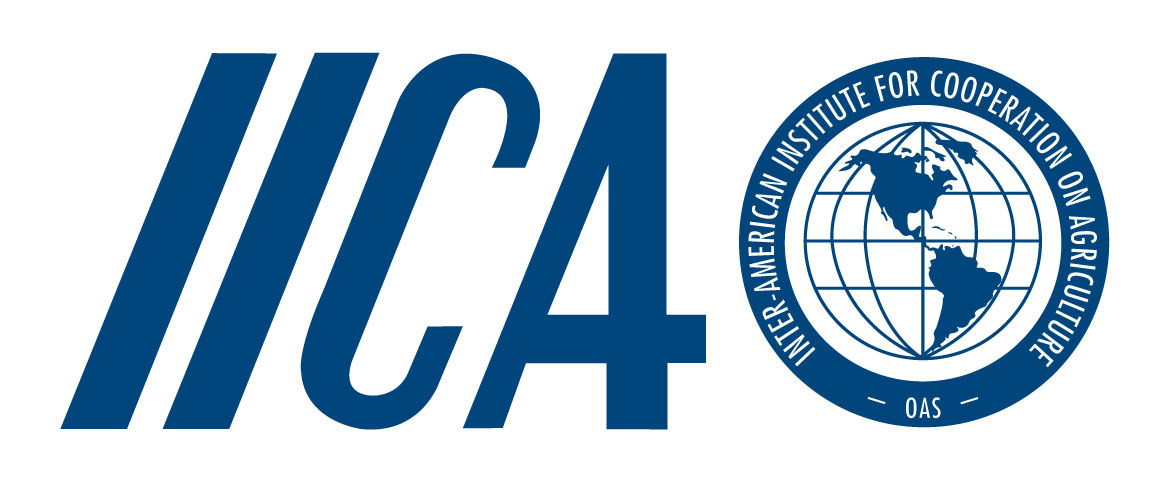The six barriers to digital inclusion in rural areas and ways to remove them
By Manuel Otero - Director General, Inter-American Institute for Cooperation on Agriculture (IICA)
As in other sectors of the economy, knowledge and technologies are key to explaining recent developments in agriculture They are also central to dealing with the imminent challenges facing agrifood systems, and to driving sustainable development.
The technological revolution that we are experiencing is linked to the availability of equipment, tools and systems applied to production, processing and marketing. These factors have an impact on all economic activities, and agriculture is not excluded from these processes.
The potential benefits offered by the digitalization of agriculture are enormous, but its expansion in Latin America and the Caribbean is still in its infancy due to six barriers:
1-Infrastructure problems reflected in a gap of 34 percentage points between urban and rural connectivity. A combined assessment of 24 countries within the region reveals that some 80 million rural inhabitants lack access to quality connectivity.
2-Restrictions in access to and affordability of technologies, services and devices in comparison with developed countries, both between the countries and, within them, between the rural and urban environments.
3-Deficits in the promotion and regulation of the sector, which give rise to a shortage of stimulus plans for digitalization.
4-Limitations in the development of digital skills among the rural population because of obstacles relating to educational levels (within the region, only 17.1% of the rural population has specific digital skills).
5-Gap between technologies and their adaptability to the context in which they are applied (differences in culture, language and skills that limit their adoption).
6-Women and rural youth lagging further behind with respect to the benefits of technology.
These obstacles prove that facilitating access to technology is a basic and necessary condition for a significant transformation of agrifood systems and rural life. But making access universal is not sufficient. There is also the need to drive digital skills training to develop capacities that allow users to make a qualitative leap.
In order to achieve this, bridging the digital divide in access and in the use of technologies in the rural environment must be a priority for policy-making.
Intensive and flexible use of technologies has an enormous potential to make the productive process as well as the public and private services more efficient, inclusive and sustainable; bring about improvements in the productivity and quality of products and services; promote opportunities for employment and training in the rural milieu; and broaden the possibilities for knowledge. These are all key factors for achieving sustainable development and strengthening agricultural systems.
We are facing an urgent and enormous task that requires a broad coalition between the States, international cooperation, the private sector and civil society organizations.
We are united by fundamental objectives for the construction of a valuable social capital: connecting the rural environment and preparing its population for intensive and smart use of technologies by building sustainable bridges between the rural and urban sectors.

